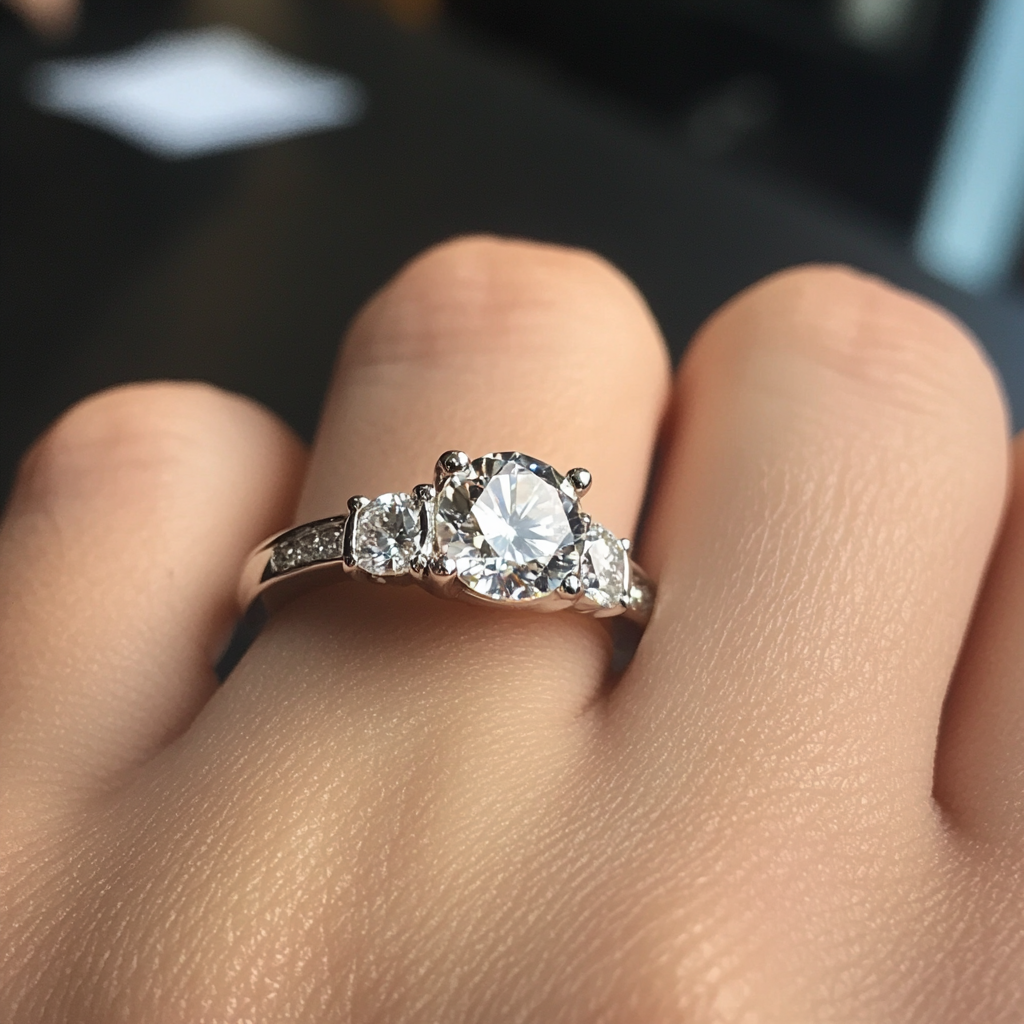- Joined
- Apr 30, 2005
- Messages
- 42,064
Since we have so many knowledgeable folks here, and I would very much like to learn more, I thought it would be a good idea to have a pearl tutorial.
What are important factors to consider when intending to purchase pearls? Types, origin, colour, lustre, pricing etc? Please contribute any info that would be useful for the consumer who is in the market for pearls folks - one day it will be me!!!


What are important factors to consider when intending to purchase pearls? Types, origin, colour, lustre, pricing etc? Please contribute any info that would be useful for the consumer who is in the market for pearls folks - one day it will be me!!!






300x240.png)